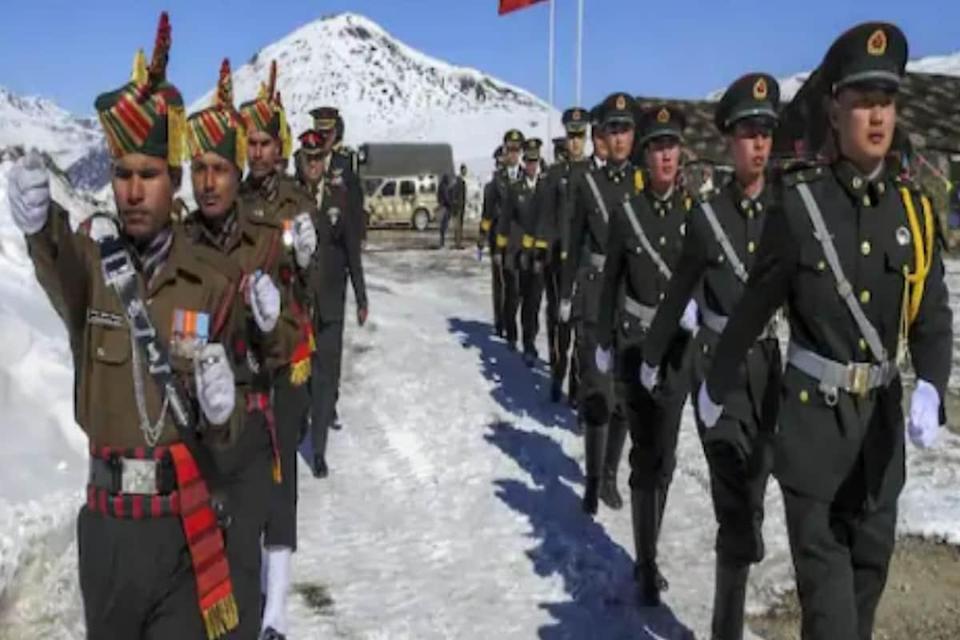During the last round of talks at the Corps Commander-level on April 9, China has refused to pull back its troops from Hot Springs and Gogra Post which remain the friction points between the two sides. Both Indian and Chinese troops and armoured columns had disengaged on the north and south banks of Pangong Tso and the Kailash range earlier in February, a report in The Indian Express said.
At the Patrolling Point 15 and PP-17A in Hot Springs and Gogra Post, the Chinese ‘had earlier agreed’ to pull back troops but ‘later refused to vacate’, the report quoted highly placed sources. It added that China, in the recent talks, said that India should be happy with what has been achieved.
The source reportedly added that at PP15 and PP17A the presence of Chinese troops is of platoon strength, down from the earlier company strength earlier. The Indian Army platoon comprises of 30-32 soldiers while a company consists of 100-120 personnel.
“For movement there, you don’t require paved roads, you can move on gravel tracks. There, the reaction capability is faster,” the source reportedly said, adding that “they (Chinese) are much inside the Indian side”.
The report said that at Pangong Tso there has been a temporary suspension of patrolling by the two sides between Finger 4 and Finger 8 on the north bank, but India had not been able to reach Finger 8, which marks the LAC, for two-three years before the start of standoff.
Meanwhile, other reports said that China’s military has stepped up efforts to recruit more Tibetans, holding special recruitment drives across the Tibet Autonomous Region since the beginning of the year.
A report in Hindustan Times quoting sources said that People’s Liberation Army (PLA) officials have criss-crossed the Tibet Autonomous Region to hold recruitment drives and to pick up Tibetan recruits who were already at PLA camps.
It added that the People’s Liberation Army intends to create a Special Tibetan Army Unit, the people said, citing intelligence reports and communications intercepts from three separate intelligence agencies.
According to an intelligence report, PLA officials from Lhasa visited Rudok town in Ngari Prefecture in the far west of Tibet Autonomous Region (TAR) in February to recruit Tibetans as soldiers.
“These new recruitment drives are being held at a time when there are reports that mainstream Chinese troops from lower altitudes faced problems during their deployment in Tibet. We have intercepts showing their troops suffered from health problems such as severe mountain sickness and high-altitude pulmonary oedema,” an official reportedly said.
“It is also meant to send a message to India and to Tibetans in India,” the official added.
































